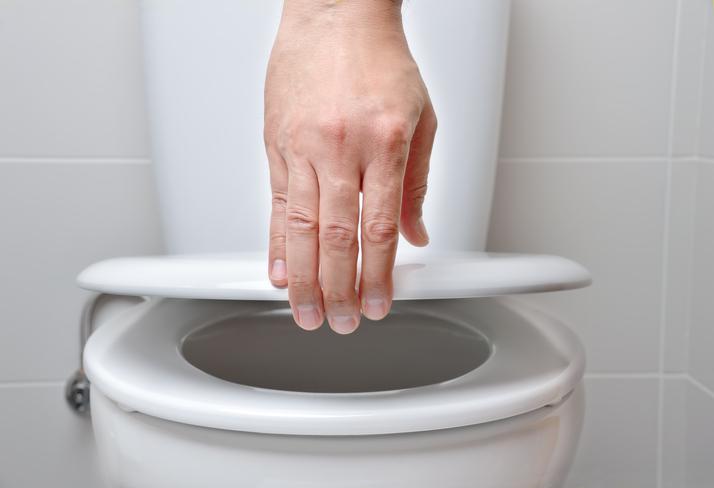
How many of us take our toilets for granted?
If you live in the United States, you may not think twice about toilets.
But this isn’t the case for billions of people around the world.
The United Nations designated Nov. 19 as World Toilet Day in 2013 to raise awareness about safe and sustainable sanitation. Ensuring access to water and sanitation for everyone by 2030 is one of the U.N.’s Sustainable Development goals.
This year’s theme is climate change – as we see more floods, droughts, and sea level rise, sanitation systems are at risk. Floodwater, for example, can contaminate wells or spread waste into communities and their food sources. But toilets can help fight climate change. Toilet wastewater may sound gross, but it serves a valuable purpose – it contains water, nutrients, and energy. Toilets that are sustainable use that wastewater to improve agriculture and green energy, the U.N. says.
In honor of World Toilet Day, we’re sharing several sanitation facts that may surprise you.
- More than half of the world’s population don’t have access to safe sanitation. According to the U.N., that’s 4.2 billion people. An estimated 3.6 billion people don’t have toilets at all, while others only have access to toilets that are unreliable and unhygienic.
- Around 297,000 children under five years old die each year from diseases related to poor hygiene, poor sanitation, or unsafe drinking water. In fact, it is the second leading cause of death among children under five.
- However, access to safe sanitation is increasing. The World Plumbing Council says the number of people defecating in public declined by an average of 22 million people per year, to 892 million, between 2000 and 2015.
- 80% of wastewater flows back into the ecosystem untreated worldwide.
- By 2050, it’s estimated that up to 5.7 billion people could be living in areas where water is scarce for at least a month out of the year.
- More people in the world have access to cell phones than toilets.
- Lack of sanitation facilities for girls reaching puberty makes them more likely to miss school than boys, according to the Centers for Disease Control and Prevention. In 2018 and 2019, between 1 in 4 and 1 in 7 girls in West Africa missed school due to menstruation.
If you’d like to contribute to safe sanitation worldwide, here are two charities you can contribute to:
- Spring Development Initiative: Builds public toilets in Tombia to use and has the goal of reducing instances of water-borne diseases by 50%.
- Environmental Camps for Conservation Awareness: Builds girls-only bathrooms that includes places to dispose of sanitary pads, and also provides reusable pads.

















 Your Privacy Choices
Your Privacy Choices